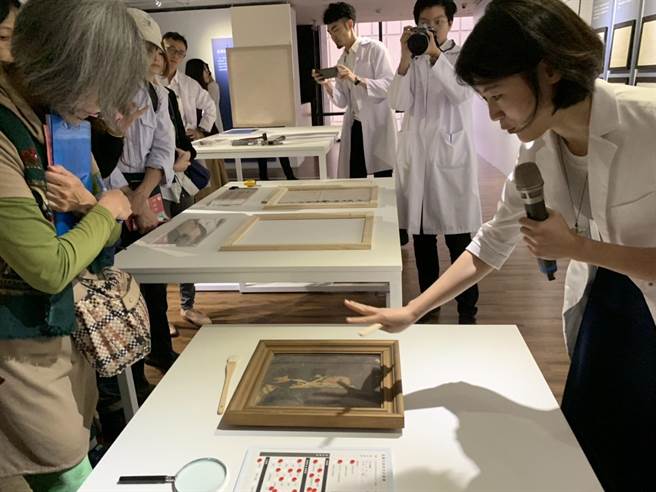Dafen oil painting Village
How to Preserve and Protect Your Oil Paintings: A Complete Guide for Artists and Collectors

Oil paintings are not just artworks; they are investments of creativity, time, and emotion. However, they are also delicate and susceptible to damage from environmental factors like temperature, humidity, and improper handling. Whether you’re an artist safeguarding your creations or a collector preserving treasured pieces, here’s a detailed guide to ensure your oil paintings stand the test of time.
Why Proper Storage Matters
Oil paintings are highly sensitive to fluctuations in temperature and humidity. Without proper care, they can crack, warp, or develop mold. Historical masterpieces have survived centuries due to meticulous preservation techniques, and modern artists and collectors can learn from these practices to protect their works.
Essential Tips for Preserving Oil Paintings
- Avoid Direct Sunlight
Prolonged exposure to sunlight can cause colors to fade and varnish to yellow. Always display or store your paintings in a room with indirect, soft lighting. - Control Humidity and Temperature
Keep your paintings in a stable environment with moderate humidity (ideally 40-50%) and a consistent temperature. Avoid damp, cold corners or areas prone to extreme heat. - Prevent Physical Damage
- Avoid Stacking Paintings: Stacking can lead to scratches, dents, or sticking. Use a sturdy art rack or shelf to store paintings upright and separated.
- Secure Hanging: When displaying paintings, ensure they are hung securely with a slight forward tilt. This not only enhances viewing but also allows air circulation behind the canvas, preventing moisture buildup.
- Transport with Care
During transportation, protect the front and back of the painting with padding or protective layers. Avoid sudden impacts or pressure that could damage the canvas or paint layers. - Varnish and Clean Regularly
Applying a protective varnish shields the paint from harmful gases and pollutants. Over time, varnish may yellow and need to be cleaned or replaced. Use gentle solvents like turpentine for cleaning, and always reapply varnish afterward. - Guard Against Dust and Pests
Dust can accumulate and dull the painting’s surface, while insects can cause irreversible damage. Regularly dust your paintings with a soft brush and keep them in a clean, pest-free environment. - Proper Storage for Unframed Works
If you need to remove a painting from its frame, ensure it is completely dry. Roll the canvas with the painted side facing out, using a large tube as the core to prevent tight rolling. Store it like a traditional Chinese scroll to minimize stress on the canvas.
Advanced Preservation Techniques
- Climate-Controlled Storage: For valuable or antique paintings, consider investing in a climate-controlled storage unit to maintain optimal conditions.
- Professional Restoration: If your painting shows signs of damage, consult a professional conservator. DIY repairs can often do more harm than good.
- UV-Protective Glass: When framing, use UV-protective glass to shield the painting from harmful light rays.
Long-Term Care for Oil Paintings
Preserving oil paintings is an ongoing process. Regularly inspect your artworks for signs of damage, such as cracking, flaking, or discoloration. Address issues promptly to prevent further deterioration.

